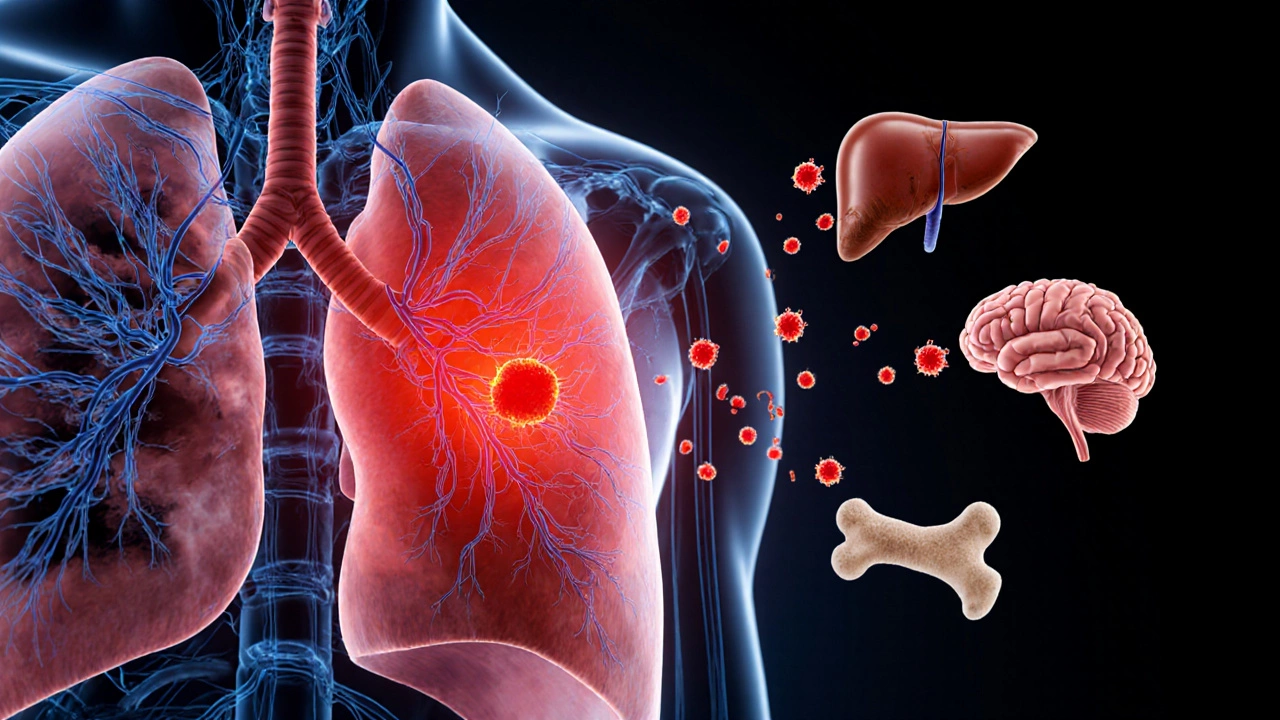Advanced Cancer Treatment: Options, Research, and Real‑World Outcomes
When working with advanced cancer treatment, the most cutting‑edge medical approaches aimed at controlling or eradicating cancer that has spread or resisted standard therapies, also known as modern oncology therapy, it’s vital to understand the key modalities driving today’s success. One pillar is immunotherapy, treatments that harness the patient’s immune system to attack cancer cells. Another core component is targeted therapy, drugs designed to block specific genetic mutations or pathways that tumors rely on. Both of these rely heavily on clinical trials, structured research studies that test safety and efficacy in real patients before they become standard care. Finally, palliative care, supportive services focused on symptom relief and quality of life often runs alongside aggressive therapies to keep patients comfortable.
Key Modalities in Advanced Cancer Treatment
Immunotherapy isn’t a single drug; it includes checkpoint inhibitors like pembrolizumab, CAR‑T cell therapies that re‑engineer a patient’s T‑cells, and cancer vaccines that prime the immune system. These options have shown remarkable response rates in melanoma, lung, and certain blood cancers. Targeted therapy, on the other hand, zeroes in on mutations such as EGFR, ALK, or BRAF. By blocking the faulty signals, these drugs can shrink tumors with fewer side effects than traditional chemotherapy. Clinical trials are the testing ground where new combinations—say, a checkpoint inhibitor plus a kinase inhibitor—are evaluated. They follow a phased structure: Phase I checks safety, Phase II looks for early efficacy, and Phase III confirms benefit over existing standards. Meanwhile, palliative care agents like analgesics, anti‑nausea meds, and counseling services improve daily functioning, allowing patients to stay on aggressive treatment longer.
Putting it all together, advanced cancer treatment encompasses immunotherapy and targeted therapy, requires clinical trials for validation, and often integrates palliative care to manage side effects. This network of relationships means a patient diagnosed with stage 4 disease can see a realistic survival outlook, especially when early‑stage detection and trial enrollment line up. Our collection below dives into the truth about cancer cures, stage 4 survival stats, the deadliest cancers of 2025, and why some cancers remain incurable. You’ll find practical guidance, recent research highlights, and real‑world stories that illustrate how these therapies are changing outcomes today.






